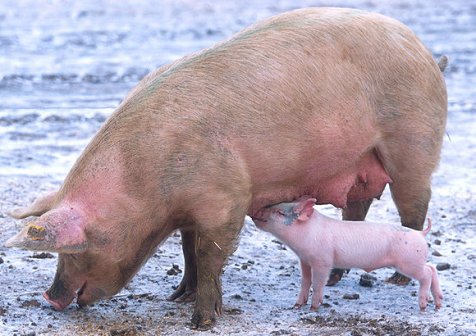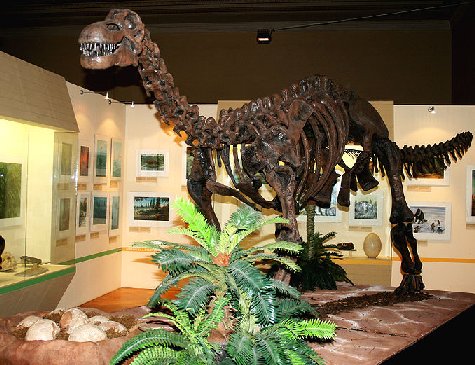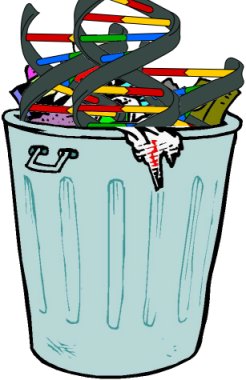
Those who are not very familiar with the phenomenon of antibiotic resistance often use it as evidence to support evolution. However, those who understand genetics and biochemistry do not. That’s because most antibiotic resistance arises from genes that have been around for a long, long time. For example, an interesting study published just this year showed that many of the genes involved in antibiotic resistance were around with the mammoths, long before antibiotics were available. This seems to indicate that rather than being a response to the human production of antibiotics, at least some antibiotic-resistance genes are necessary for the proper survival of bacterial populations.
A new study provides additional evidence for this idea. In the study, researchers analyzed pigs that were kept on a pig farm known to be antibiotic free for two and a half years. The results were not at all what they expected. You see, bacteria have two ways of storing DNA. They have their primary genome, which contains all sorts of genetic information. However, they also have small, circular strands of DNA called plasmids. An important difference between a bacterium’s primary DNA and its plasmids is that a bacterium can transfer plasmids to other bacteria. It cannot do so with its primary genome.
Because of this distinction, plasmids are generally thought to be “accessory” DNA. They contain lots of nice information, but since they are not a part of the bacterium’s primary genome, they are considered non-essential components. Since copying a plasmid each time the bacterium reproduces takes energy, it is assumed that bacteria get rid of plasmids that they aren’t using.
Well, it turns out that most known genes that confer antibiotic resistance to bacteria are found on plasmids. Since biologists assume that plasmids which aren’t used are lost after a few generations, it was assumed that if you get rid of antibiotics, a bacterial population would get rid of the plasmids that contained genes for antibiotic resistance in just a few generations. It turns out that they were wrong.
Continue reading “Antiboitic Resistance Doesn’t Dissapear Quickly”


